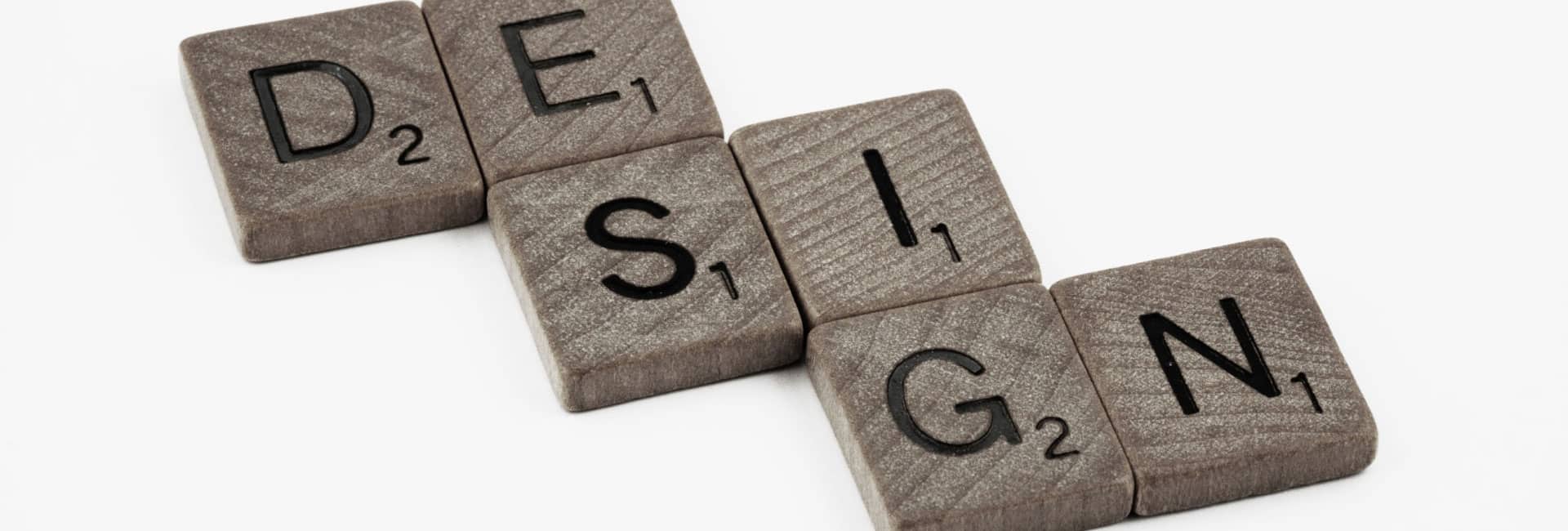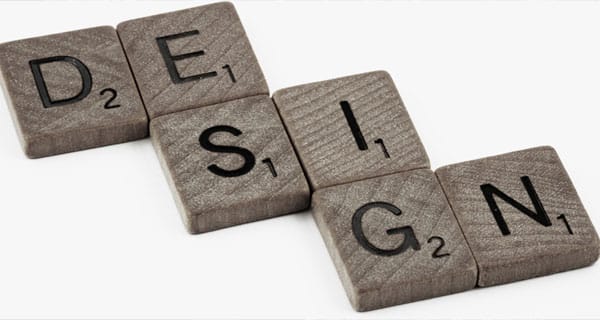
Used under a Creative Commons Licence
Lifting the blinds on copyright law
If you sell products that feature original prints, patterns or photos—whether that’s curtains, fashion items, homewares, or even stationery—there’s a good chance your work ends up online. And while the internet is a fantastic way to grow your brand, it also makes it easier for others to copy your designs or images without permission.
We often get asked: “Someone used my photo or copied my design—can I stop them?” The good news is: yes, you often can. But to do that, you need to understand how copyright law and design registration work—and know what steps to take if someone crosses the line.
We get asked a lot: “Someone stole my photo or design—can I stop them?” The short answer is: yes, often you can. But you need to know how copyright law and design law work—and what to do if someone crosses the line.
What is Copyright and How Does It Protect My Work?
Copyright protects original creative works like:
- Product photos on your website
- Design drawings
- Written descriptions or catalogues
- Brochures or lookbooks
- Social media posts
In Australia, you don’t need to register copyright. Protection is automatic from the moment the work is created. That means if you take a photo of your latest curtain collection or write a description for your online store, you own the copyright straight away—so long as the work is original.
You can:
- Stop others from copying or reusing your work
- Control how it’s published or shared
- Sue for damages if someone infringes your rights
But keep in mind—copyright protects expression, not ideas. That means it doesn’t stop someone from making similar-looking blinds, but it can stop them from using your photo, your ad copy, or your layout.
“But I Found It Online – Isn’t It Free to Use?”
No – this is a common myth. Just because something is online doesn’t mean it’s “in the public domain.” In legal terms, the public domain refers to works no longer protected by copyright, such as a painting from the 1800s or a photo where copyright has expired (usually 70 years after the creator’s death).
If you grab a photo from a competitor’s website, you could be infringing their copyright—even if:
- It’s just for a personal blog or social media
- You “tweaked” the photo or added your own logo
- You found it on Google Images or Pinterest
The safest rule? If you didn’t create it or license it, don’t use it.
Photos of My Products Taken by a Photographer
This one trips people up. If you hire a photographer, you might think you own the photos—but legally, that’s not always the case. Unless you have a written agreement that says you own the copyright, the photographer usually retains it.
To protect your business:
- Always get a written agreement assigning copyright to you (or granting you full usage rights)
- Keep copies of those agreements in case of disputes later
- Don’t assume you can reuse the photos however you want
How to Protect Your Product Images and Designs Online
Here are five practical tips:
- Use Watermarks or Disclaimers: While not foolproof, a visible watermark or copyright notice can deter casual copying.
- Use Metadata or File Marking: Hidden metadata in your image files can help prove ownership if a dispute arises.
- Monitor the Web: Set up Google Alerts for your brand name or product names. You can also use tools like TinEye or Pixsy to reverse-search where your images appear online.
- Add Terms of Use to Your Website: A clear legal notice can put users on warning. It may not stop the determined copycats, but it helps your case if you need to take action.
- Act Quickly if You Spot a Copy: Get legal advice before sending cease and desist letters—especially since making a groundless threat of infringement can backfire under the Copyright Act.
What If It’s Not Just a Photo, But My Product Design?
Now we’re in design law territory.
Copyright won’t protect your actual curtain or blind design if it’s mass-produced and sold. That’s where design registration comes in.
In Australia, you can register a design with IP Australia. This gives you exclusive rights to the visual appearance (shape, pattern, configuration, or ornamentation) of your product.
Be Proactive, Not Reactive
With the explosion of e-commerce and social media, copying happens more than ever. But copyright and design law offer strong tools for window furnishing businesses—if used properly.
Don’t wait for a problem to escalate. A few small steps now can save you a lot of hassle (and cost) later.
Need Help?
Sharon Givoni Consulting is a Melbourne-based law firm that helps creatives and product-based businesses protect their intellectual property. We speak your language—not just legalese.
If you’re unsure whether your product is protected by copyright or design law, or if you believe your work has been copied, get in touch.
Please note the above article is general in nature and does not constitute legal advice.
Please email us info@iplegal.com.au if you need legal advice about your brand or another legal matter in this area generally.


